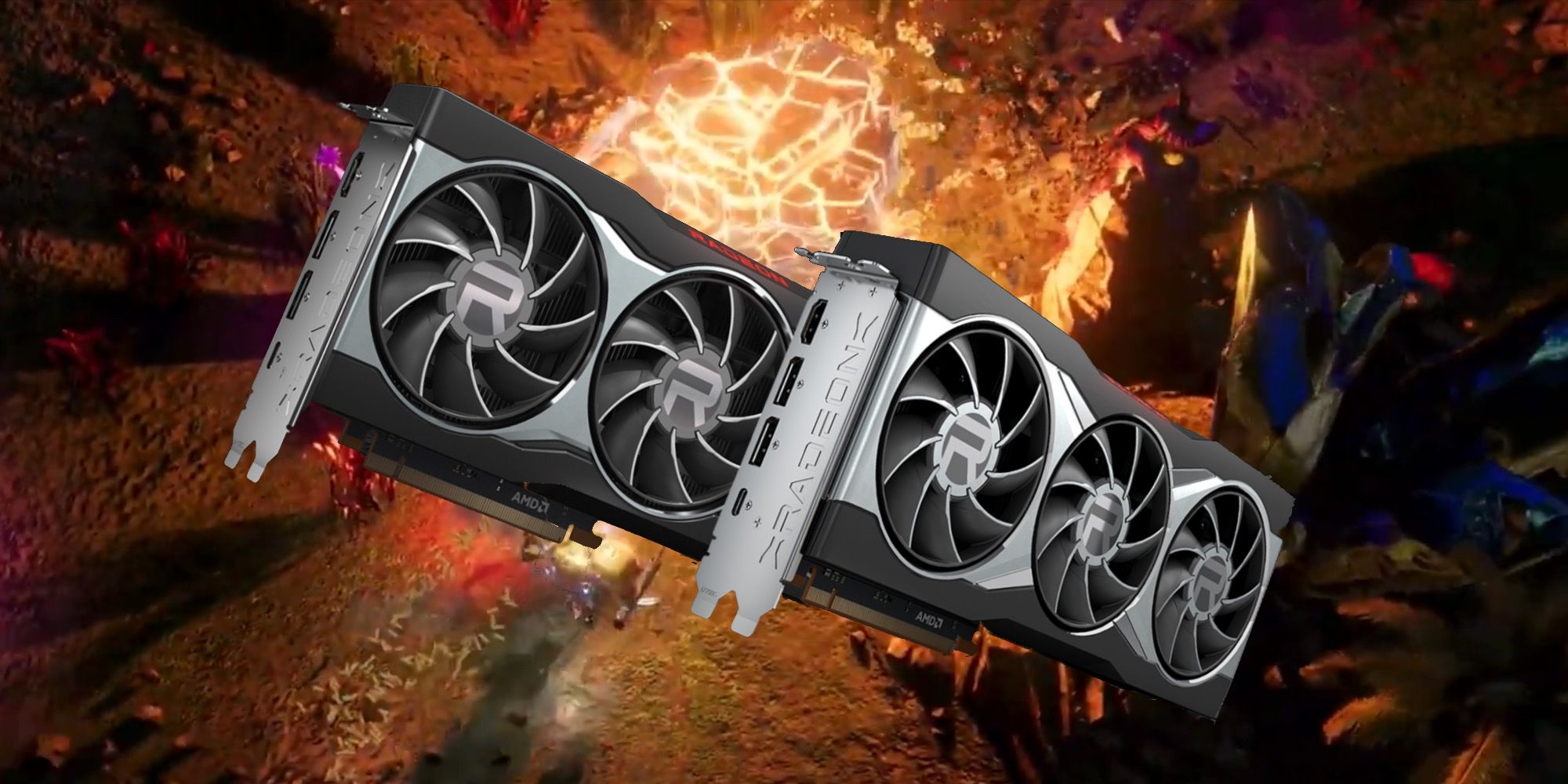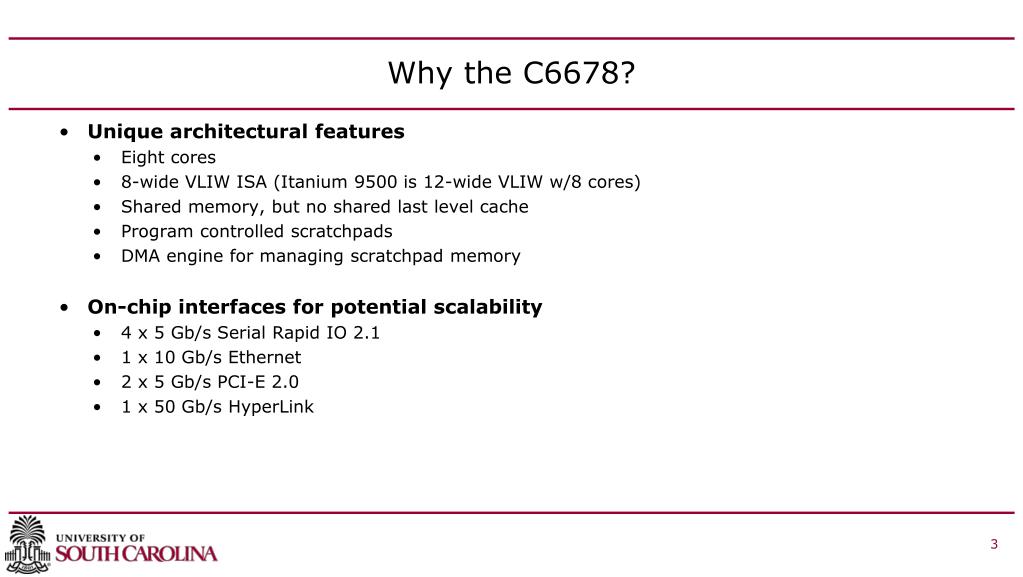

SCRATCHPAD MEMORY VS CACHE CODE
It is therefore the responsibility of the programmer to identify data sections that should be placed in SPRAM or place code in the program to appropriately move data from on-chip memory to SPRAM.
SCRATCHPAD MEMORY VS CACHE SOFTWARE
While a cache memory uses a complex hardware controller to decide which data to keep in cache memories (L1 or L2) and which data to prefetch, the SPRAM approach does not require any hardware support in addition to the memory itself, but requires software to take control of all data transfers to and from Scratchpad memories. They are suited to storing temporary results. Scratchpads are employed for simplification of caching logic and to guarantee a unit can work without main memory contention in a system employing multiple cores, especially in embedded MCSoC systems. Scratchpad memory (SPRAM) is a high-speed internal memory directly connected to the CPU core and used for temporary storage to hold very small items of data for rapid retrieval. Definition From Computational Frameworks 3.3.2

They are better implemented in embedded systems, special-purpose processors and game consoles, where chips are often manufactured as MPSoC, and where software is often tuned to one hardware configuration. Scratchpads are not used in mainstream desktop processors where generality is required for legacy software to run from generation to generation, in which the available on-chip memory size may change. They may be useful for realtime applications, where predictable timing is hindered by cache behaviour. Another difference is that scratchpads are explicitly manipulated by applications. The same issues of locality of reference apply in relation to efficiency of use although some systems allow strided DMA to access rectangular data sets. They are mostly suited for storing temporary results (as it would be found in the CPU stack) that typically wouldn’t need to always be committing to the main memory however when fed by DMA, they can also be used in place of a cache for mirroring the state of slower main memory. Scratchpads are employed for simplification of caching logic, and to guarantee a unit can work without main memory contention in a system employing multiple processors, especially in multiprocessor system-on-chip for embedded systems. Another difference from a system that employs caches is that a scratchpad commonly does not contain a copy of data that is also stored in the main memory. In contrast to a system that uses caches, a system with scratchpads is a system with non-uniform memory access latencies, because the memory access latencies to the different scratchpads and the main memory vary. In some systems it can be considered similar to the L1 cache in that it is the next closest memory to the ALU after the processor registers, with explicit instructions to move data to and from main memory, often using DMA-based data transfer. It is similar to the usage and size of a scratchpad in life: a pad of paper for preliminary notes or sketches or writings, etc. In reference to a microprocessor (“CPU”), scratchpad refers to a special high-speed memory circuit used to hold small items of data for rapid retrieval. Scratchpad memory (SPM), also known as scratchpad, scratchpad RAM or local store in computer terminology, is a high-speed internal memory used for temporary storage of calculations, data, and other work in progress.


 0 kommentar(er)
0 kommentar(er)
